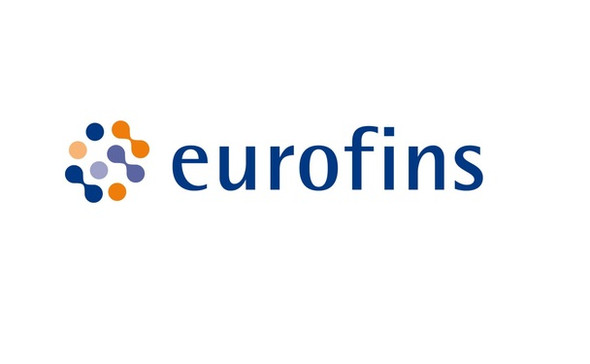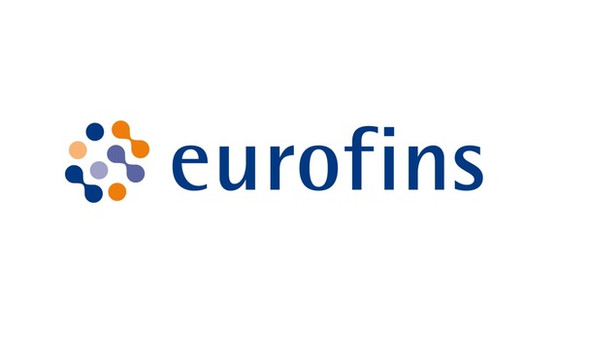Description
TRITC-Dextran, 70 kDa, 25 mg/ml x 5 ml - Cat Number: 4014 From Chondrex.
Research Field: Colitis, Membrane Permeability
Clonality: N/A
Cross-Reactivity:
Host Origin: N/A
Applications: N/A
Isotype: N/A
Detection Range: N/A
Sample Type: N/A
Concentration: 25 mg/ml
Immunogen:
DESCRIPTION:
Tetramethylrhodamine isothiocyanate (TRITC) labeled dextran
APPLICATION: Use to assess the permeability of semi-permeable membranes either in vivo or in vitro (1-4).
NOTE: TRITC-dextran can be used simultaneously with FITC-dextran (Cat # 4009 or 4013) as fluorescence occurs at different wavelengths.
QUANTITY: 5 ml
FORM: 25 mg/ml solution in 0.05M phosphate buffered saline
MOLECULAR WEIGHT: 70 kDa
FLUORESCENCE: Excitation: 550 nm, Emission: 572 nm
STORAGE: 4⁰C in the dark
STABILITY: 1 year
IN VIVO PROTOCOL:
1. Fast mice 4 hours before oral feeding and for the duration of the experiment.
2. Feed 20 ml/kg by oral gavage.
3. Maintain fasting conditions and wait 3 hours (may vary depending on individual animals).
4. Collect blood by retro-orbital bleeding, then spin and collect plasma. Dilute plasma 1:2 (or more) with PBS.
NOTE 1: Protein in the samples may interfere with and reduce the fluorescence intensity (FI). Therefore, in order to accurately determine TRITC-dextran permeability, the plasma to PBS ratio must be consistent throughout all the samples.
NOTE 2: Chondrex, Inc. recommends making a standard curve from serial dilutions of the stock TRITC-dextran for qualitative studies.
5. Transfer 50 or 100 μl of diluted standards and samples to a black 96-well plate and read in a fluorescence reader. Settings for Reading: Excitation: 550 nm/Emission: 572 nm
Wavelength Bandwidth (Excitation and Emission): 9 nm
Gain: Auto or set 80,000 equivalent to 12.5 μg/ml
IN VITRO PROTOCOL: A protocol for in vitro studies will vary due to the types of cultured cells, culture systems, purpose of study, etc. Please contact support@chondrex.com for more information about optimization.
PREPARING STANDARDS: A standard range of 12.5 to 0.2 μg/ml is recommended. To prepare standard dilutions, use a diluent with the same ratio of normal mouse plasma to PBS as the samples. For example, if using a 1:2 dilution for sample dilution (in vivo protocol, Step 4), prepare 33% normal mouse plasma in 0.05M phosphate buffered saline (300 μl plasma with 600 μl PBS) as a diluent.
1. 10 μl of 25 mg/ml TRITC-Dextran with 990 μl of PBS (250 μg/ml).
2. 12.5 μl of the diluted TRITC-Dextran with 237.5 μl of 33% normal mouse plasma in 0.05M phosphate buffered saline (12.5 μg/ml).
3. Mix 125 μl of the 12.5 μg/ml solution with an equal volume of 33% mouse normal plasma (6.3 μg/ml).
4. Repeat 5 times for the 3.1, 1.6, 0.8, 0.4, and 0.2 μg/ml standard solutions.
5. Transfer 50 or 100 μl of diluted standards and samples to a black 96-well plate and read on a fluorescence reader.
6. Subtract the FI blank values (33% normal mouse plasma in 0.05M phosphate buffered saline) from the FI values of the standards and samples.
7. Plot the FI values of the standards against the μg/ml of the TRITC-Dextran standards. Using a log/log plot will linearize the data (Figure 1). Figure 1. A Typical Standard Curve for TRITC-Dextran

NOTES: N/A
REFERENCES:
1. D. Fernández-López, J. Faustino, R. Daneman, L. Zhou, S. Lee, et al., Blood-brain barrier permeability is increased after acute adult stroke but not neonatal stroke in the rat. J Neurosci 32, 9588-600 (2012).
2. J. Kim, J. Lindsey, N. Wang, R. Weinreb, Increased human scleral permeability with prostaglandin exposure. Invest Ophthalmol Vis Sci 42, 1514-21 (2001).
3. D. Pink, W. Schulte, M. Parseghian, A. Zijlstra, J. Lewis, Real-time visualization and quantitation of vascular permeability in vivo: implications for drug delivery. PLoS One 7, e33760 (2012).
4. R. Sajja, S. Prasad, L. Cucullo, Impact of altered glycaemia on blood-brain barrier endothelium: an in vitro study using the hCMEC/D3 cell line. Fluids Barriers CNS 11, 8 (2014).






